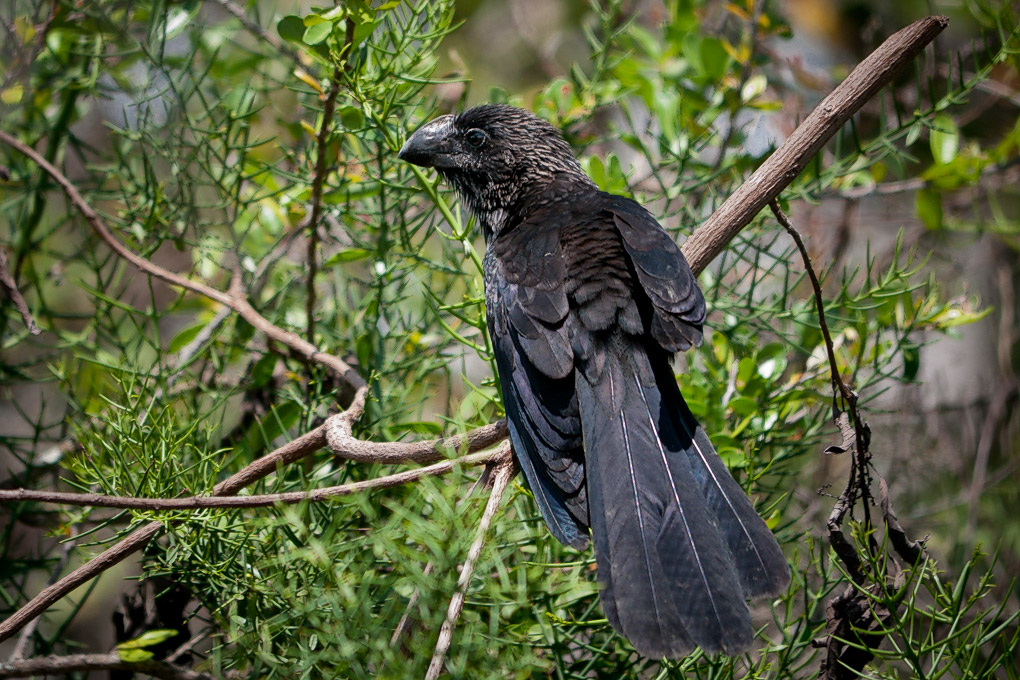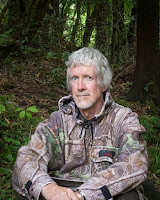
Whiteheads (pōpokotea; Mohua albicilla) are one of those particularly difficult birds to photograph. They're small, never stay still for more than a second, typically hang out among obscuring foliage, and because they're almost always overhead in the canopy, you're shooting against the light. On the Tunupo track last Sunday we spent some time watching a flock foraging. I didn't bother getting my camera out of my daypack (which was probably why a male flew down and posed perfectly for us a few metres away), but when we encountered them on the way back down I decided to try. Judging from the gape, the rapidly fluttering wings, and the general scruffiness, this looks to me like a young bird.
[26 February 2012, Panasonic Lumix GH1, 100–300 mm at 300 mm, ISO 400, 1/400 at f5.6]
All content © 2012 Pete McGregor














